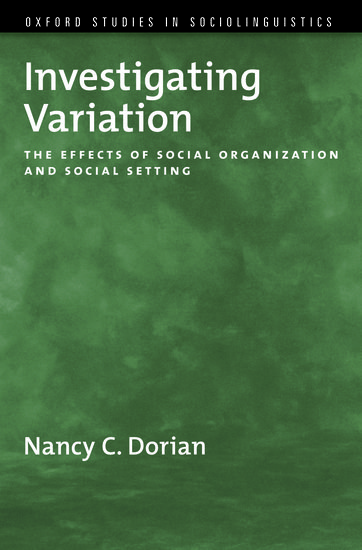Monthly etymology gleanings for December 2012
By Anatoly Liberman
A Happy New Year to our readers and correspondents! Questions, comments, and friendly corrections have been a source of inspiration to this blog throughout 2012, as they have been since its inception. Quite a few posts appeared in response to the questions I received through OUP and privately (by email). As before, the most exciting themes have been smut and spelling.




